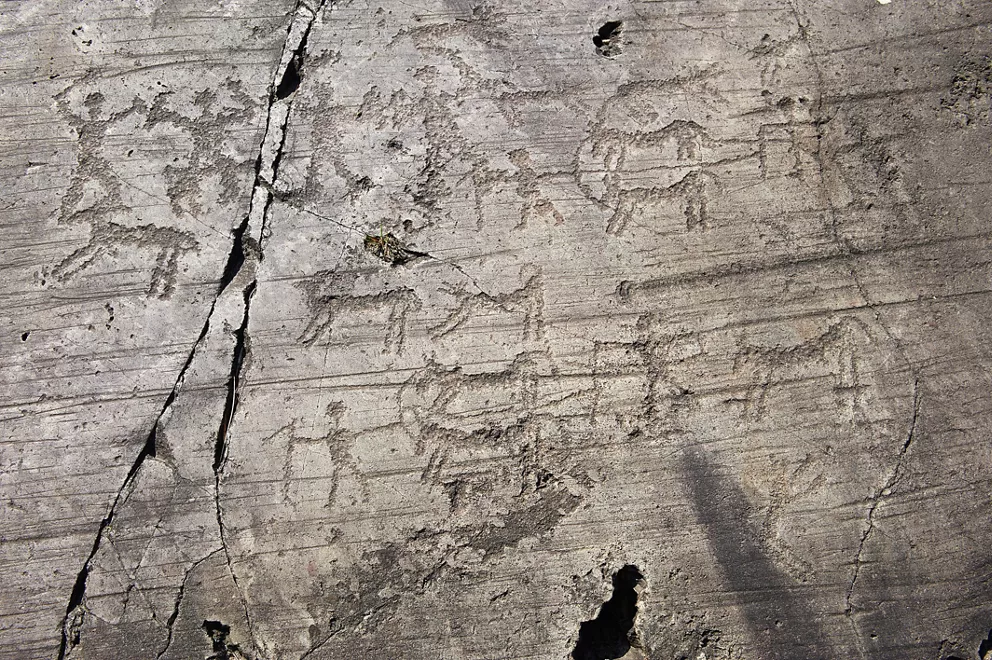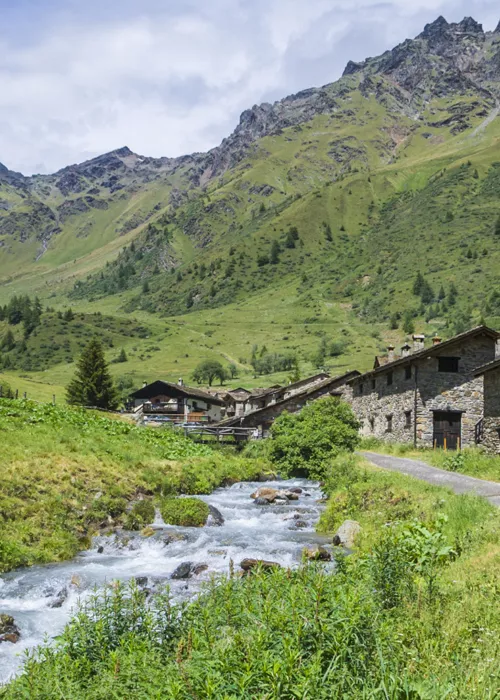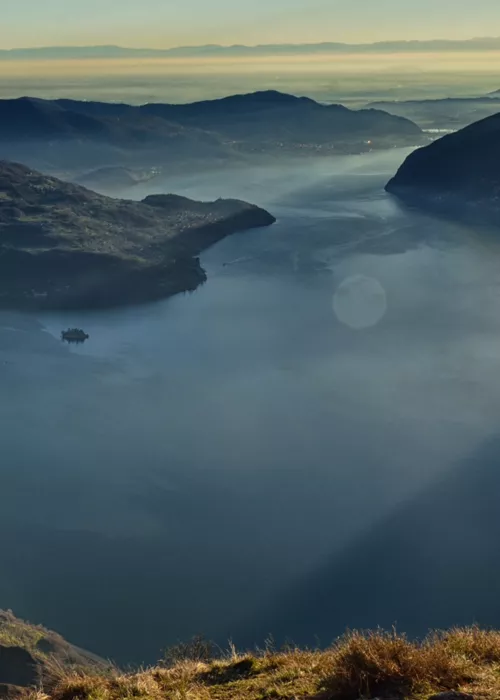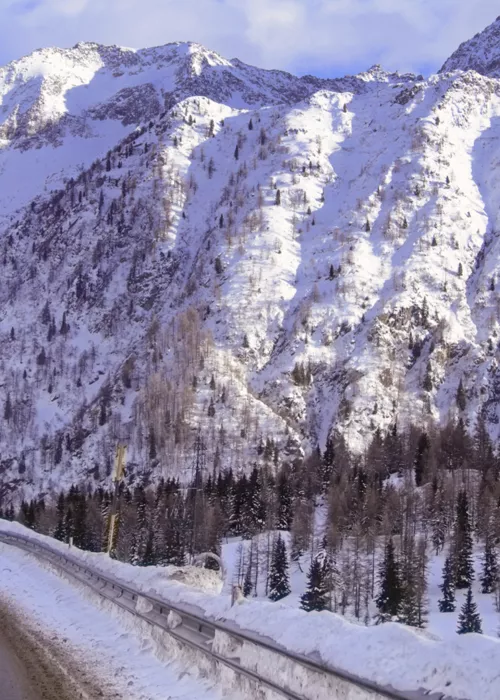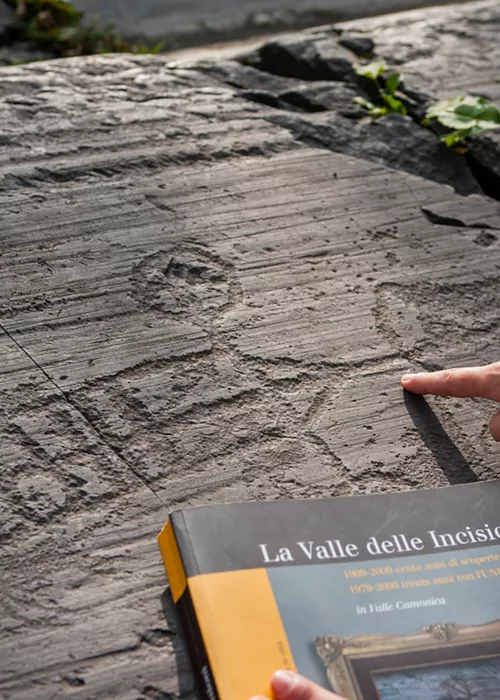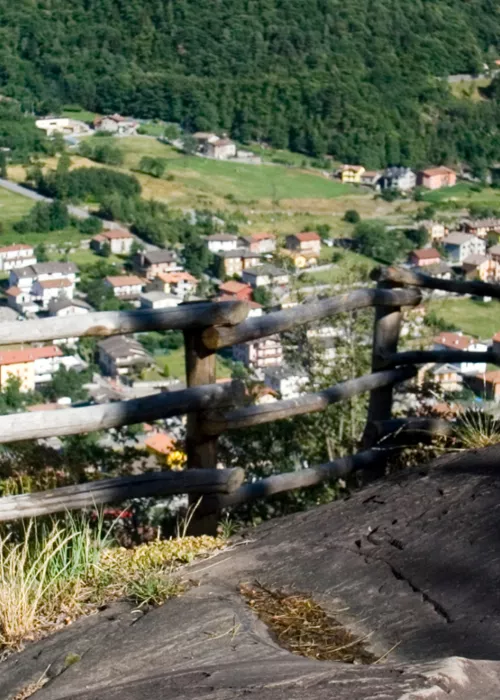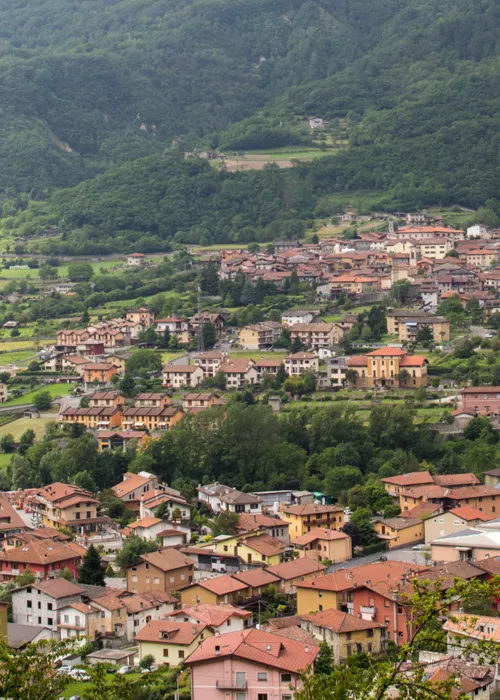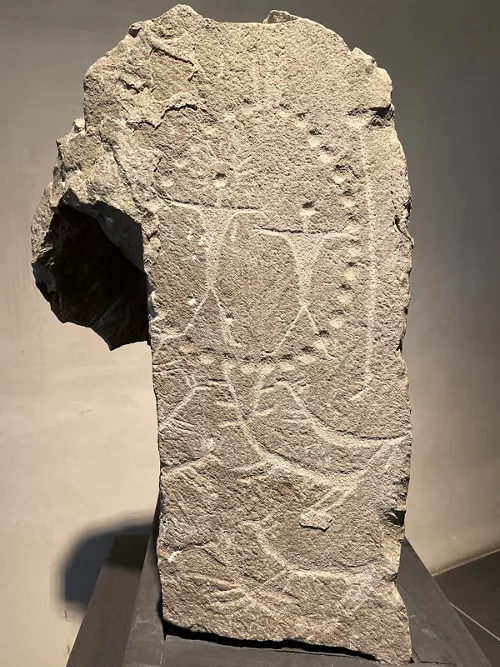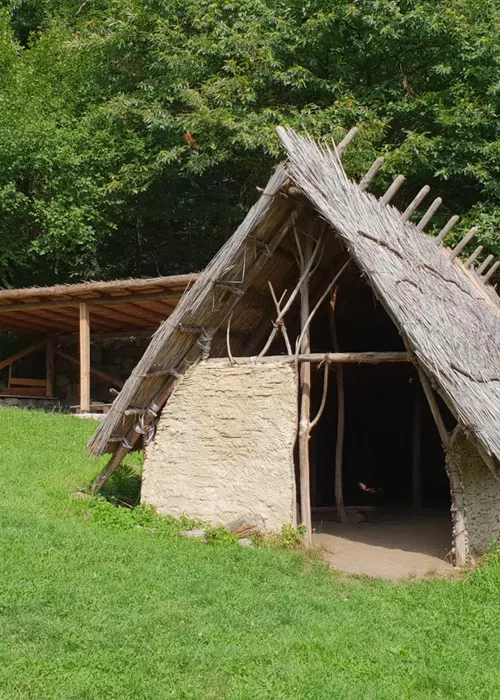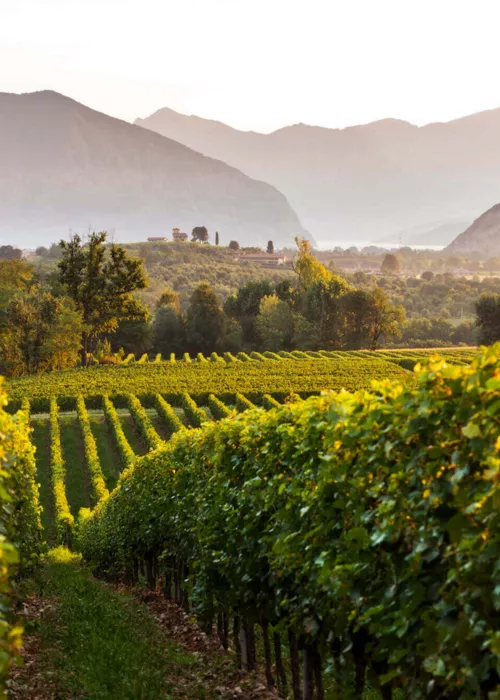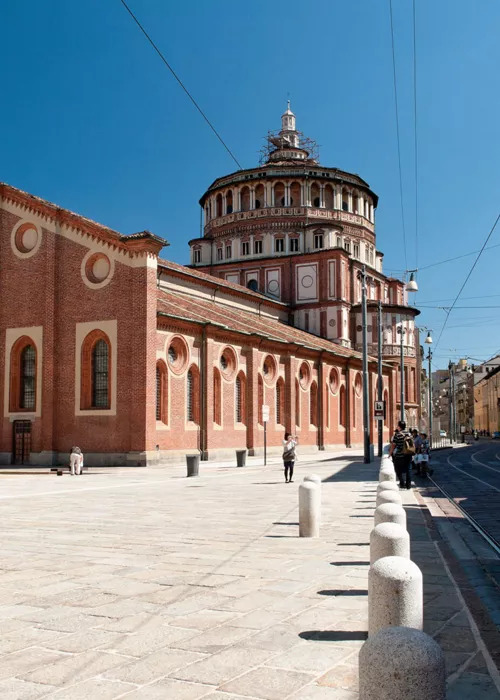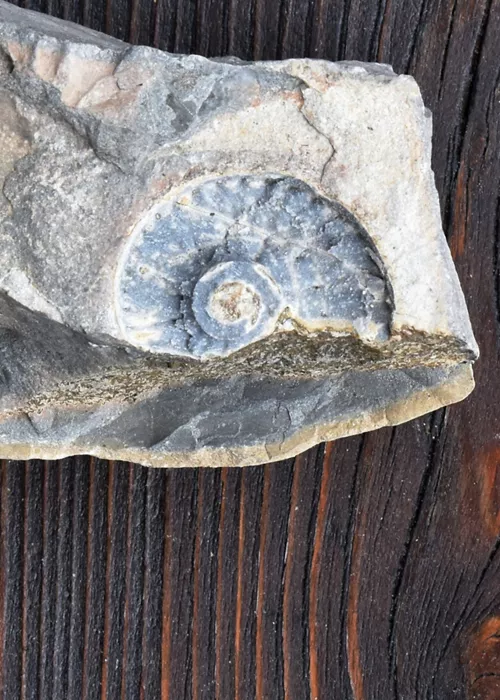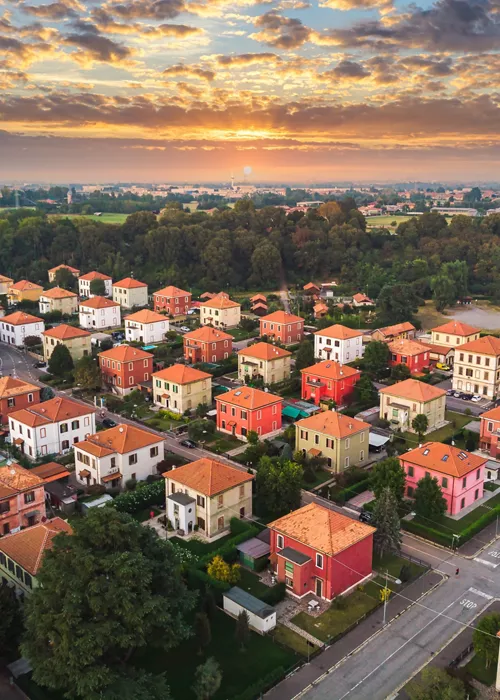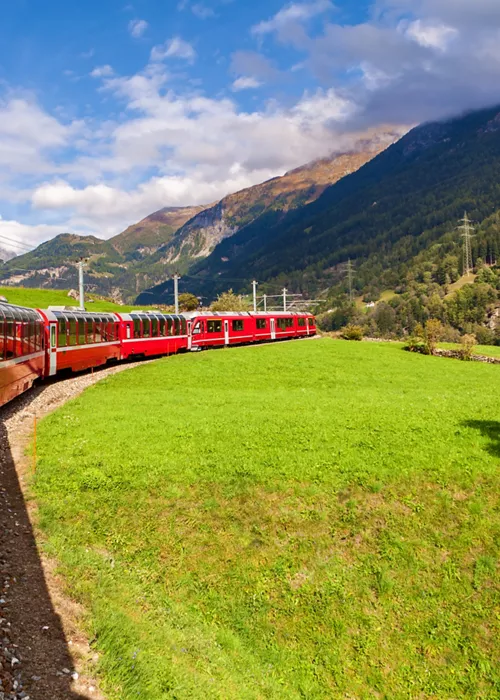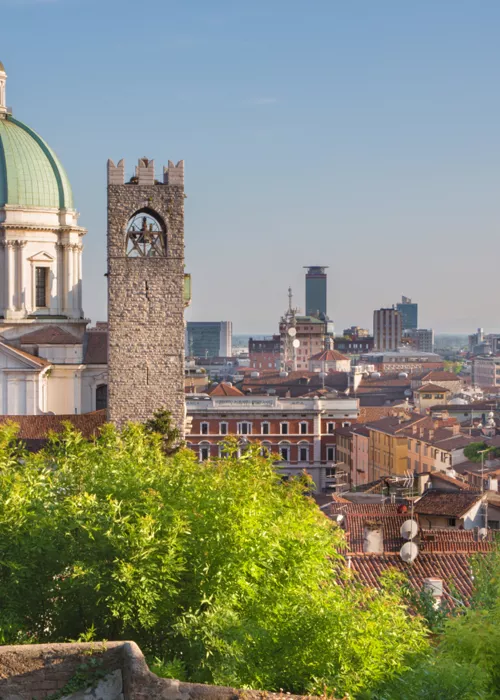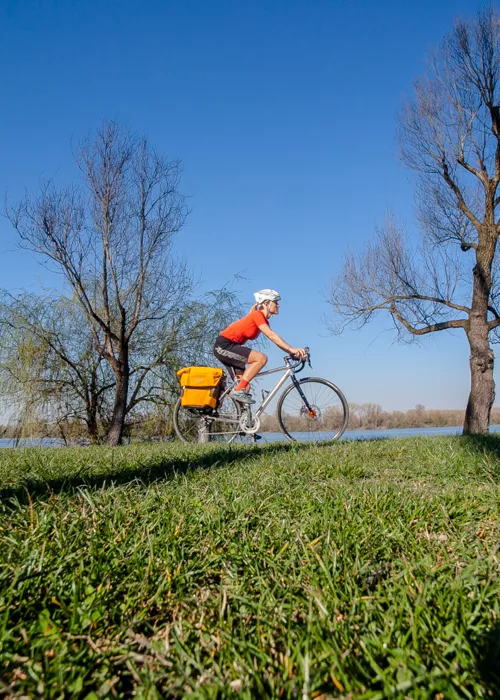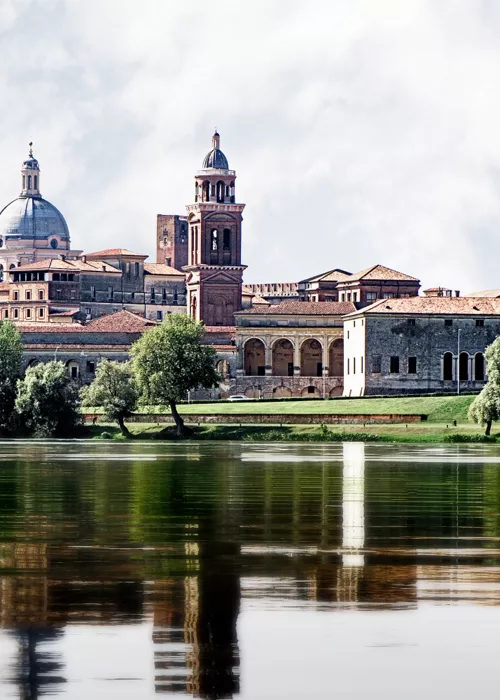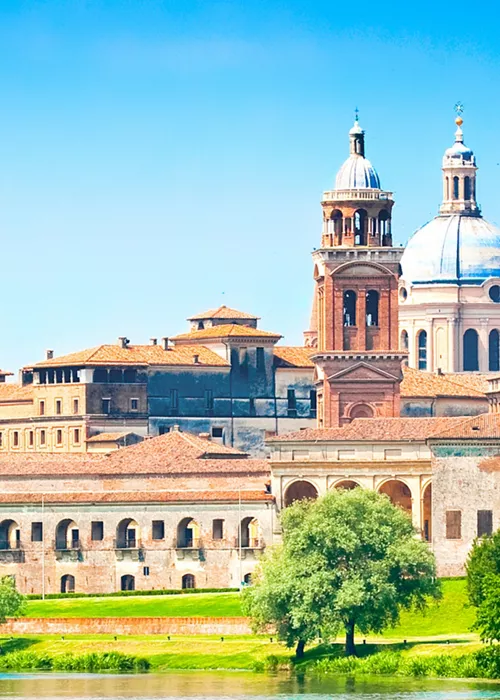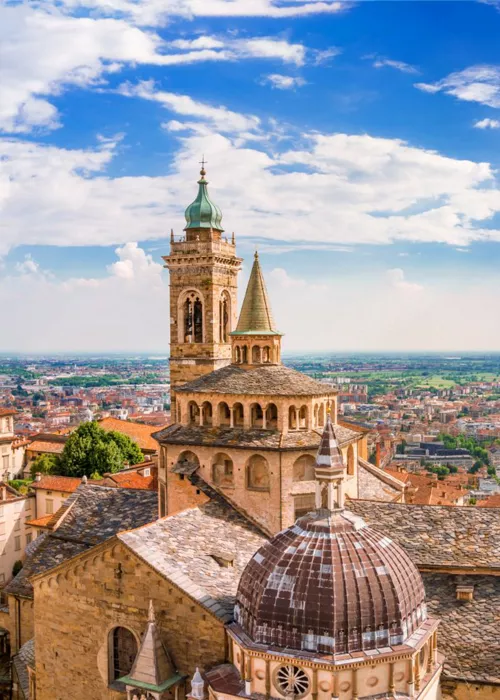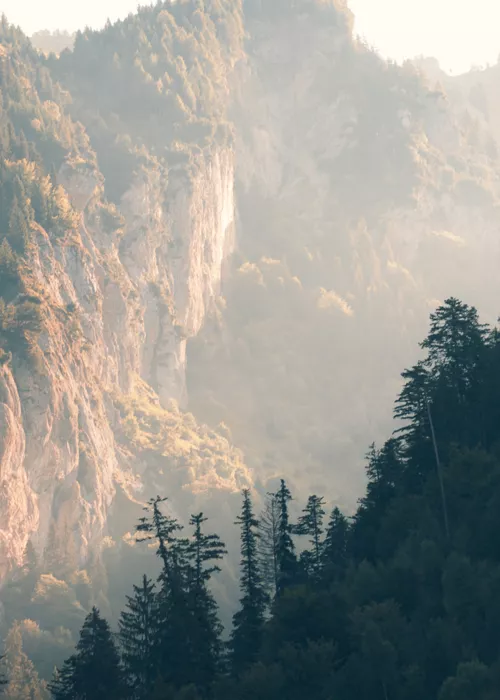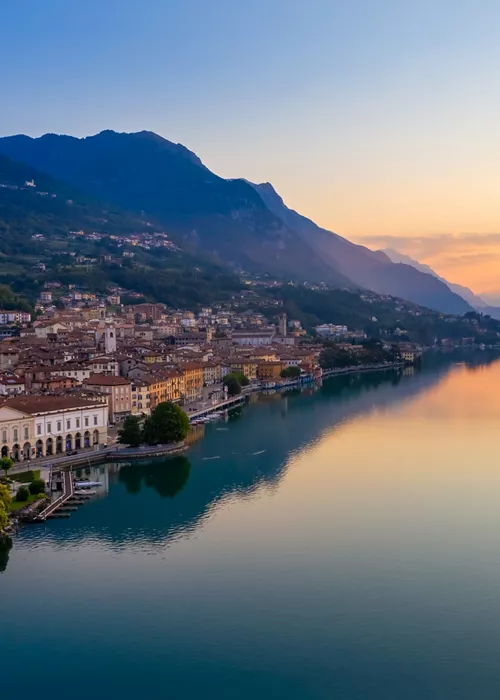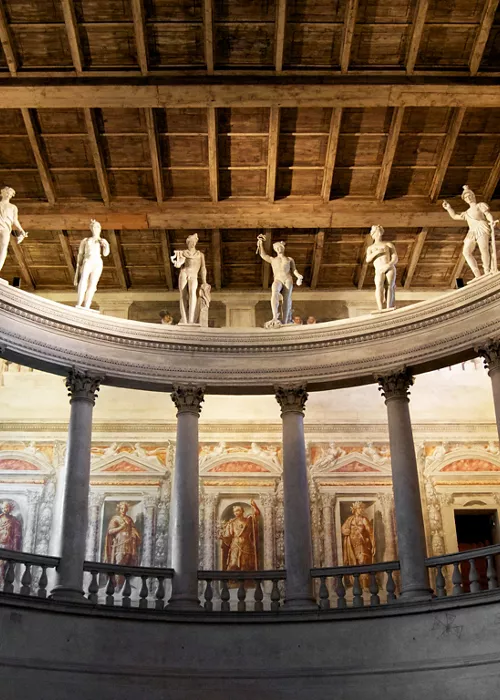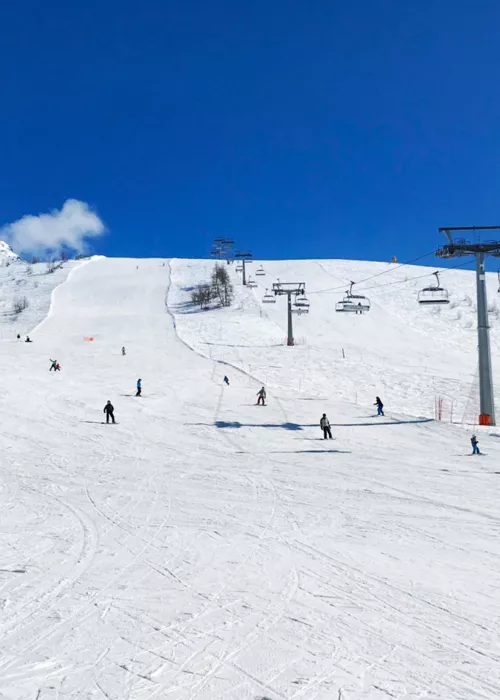Valcamonica, un pezzo di storia lungo 8.000 anni
4 minuti
La Valcamonica custodisce una delle più grandi collezioni di petroglifi al mondo ed è stato il primo dei siti italiani inseriti nella World Heritage List Unesco per il suo fascino fuori dal tempo.
La “Valle dei Segni” è un'occasione per un tuffo nel passato senza precedenti. Una gita che significa cultura ma anche natura. Se vi spingerete verso Nord sul versante sinistro della Valle incontrerete infatti il Parco dell’Adamello. Riconosciuto Unesco Global Geopark, grazie al suo raro patrimonio geologico e morfologico, di grande interesse scientifico, custodisce ben 1300 specie di piante e fiori differenti e di rara bellezza, numerosi animali selvatici grandi e piccoli, ghiacciai, boschi di conifere e tanti laghetti alpini.
Infine, gli amanti dello sci è bene che mettano la Valcamonica nella to do list dei luoghi da visitare in inverno. Facendo tappa a Ponte di Legno avrete a disposizione le fantastiche piste del comprensorio del Ponte di Legno-Tonale.
Dove si trova la Valcamonica
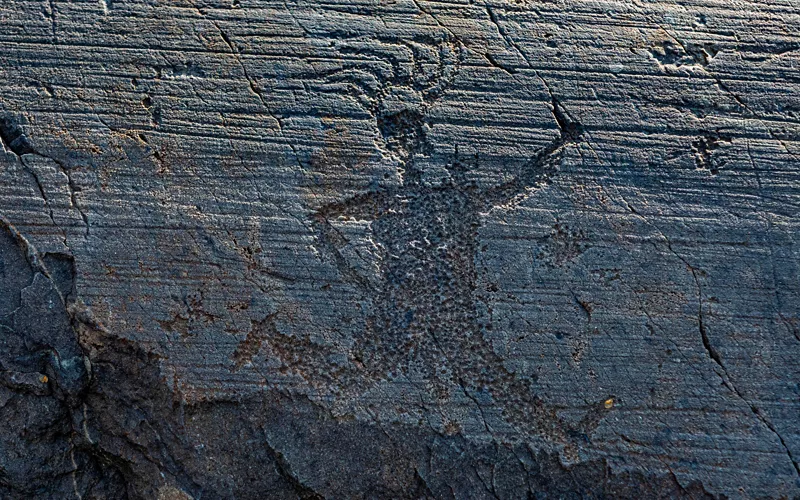
La Valcamonica, chiamata anche Val Camonica o Valle Camonica, è una vallata della Lombardia, una delle più estese delle Alpi Centrali. Si estende per circa 90 chilometri tra la provincia di Brescia e quella di Bergamo, costeggia il lago d'Iseo e termina con il Passo del Tonale, il Passo dell'Aprica e il Passo del Gavia.
Le incisioni rupestri della Valcamonica, note anche come graffiti rupestri della Valcamonica o petroglifi, sono una preziosissima testimonianza storica: sono state realizzate a partire dal Mesolitico (VIII-VI millennio a.C.) fino all’età romana e medievale passando per Neolitico, Età del Rame, Età del Bronzo ed Età del Ferro. Eseguite sopra 2500 rocce su entrambi i lati della valle, raccontano degli usi e dei costumi dei nostri antenati preistorici.
Storia e informazioni sulla Valcamonica
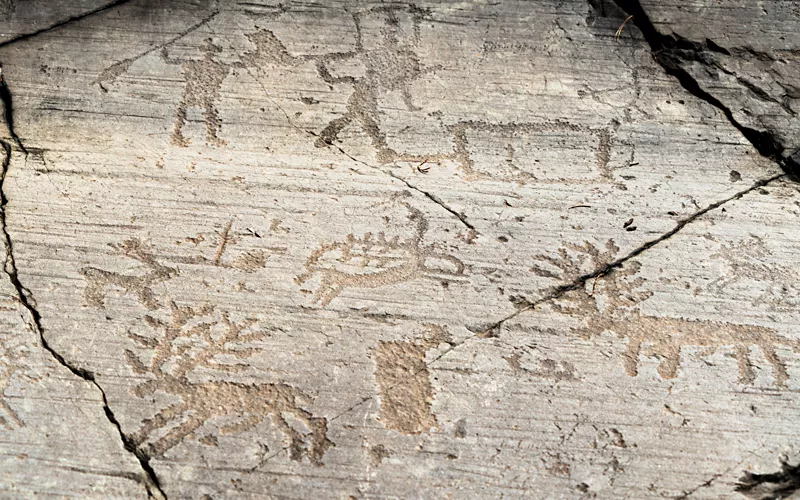
Le prime tracce umane in Valcamonica risalgono a circa 13.000 anni fa, in seguito allo scioglimento dei ghiacciai. Gli antichi Camuni che si insediarono nella vallata hanno lasciato circa 300.000 segni che ci permettono di interpretarne la vita quotidiana. Le raffigurazioni più antiche, risalenti alla fine del Paleolitico-inizio Mesolitico, ci mostrano ad esempio alci e cervi incisi con ogni probabilità dai cacciatori nomadi.
I primi abitanti stabili in zona risalgono al Neolitico, periodo in cui appaiono alcune incisioni di figure antropomorfe dette “oranti". I primi accenni di metallurgia, la scoperta dell’aratura e del trasporto su ruota si fanno strada nell’Eneolitico e, in questa fase, si diffondono anche i santuari composti da massi-menhir a loro volta incisi.
L’Età del Bronzo ha segnato un nuovo cambiamento: sulle superfici rocciose compaiono le prime figure armate. Il punto più alto fu raggiunto con l’Età del Ferro, con il 75% delle incisioni prodotte mentre il popolo dei Camuni stabiliva contatti con le aree limitrofe.
Perché la Valcamonica è sito UNESCO
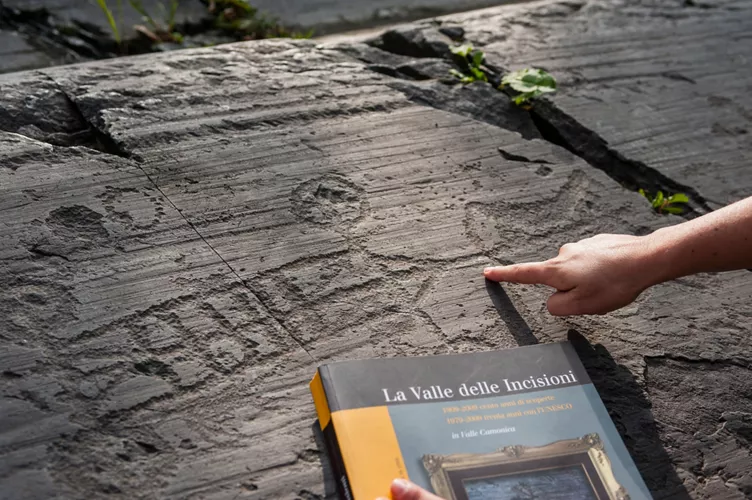
La Valcamonica è il primo sito italiano iscritto nella lista del Patrimonio Mondiale dell’Unesco, nel 1979.
L'area Unesco si sviluppa lungo l’intera Valle e include 8 parchi, alcuni più “storici” e noti come quello di Capo di Ponte, altri più recenti come quello di Seradina-Bedolina e Sonico.
L'area merita la definizione di Patrimonio dell'Umanità proprio grazie al valore inestimabile delle incisioni rupestri che la caratterizzano, tracce preistoriche di importanza universale. L'arte rupestre è talvolta così accurata da trasmettere informazioni preziosissime sulla spiritualità e sui momenti di vita quotidiana dei nostri antenati Camuni.
I posti più belli da visitare in Valcamonica: 6 tappe imperdibili

Visitare la Valcamonica significa innamorarsi di tante mete dal fascino unico. Le tappe fondamentali sono 6, a partire da Darfo Boario Terme. La città a pochi minuti dal lago d’Iseo è celebre per le Terme, inserite in un bellissimo parco termale.
Capo di Ponte, nella media Valcamonica, è un punto celebre per le incisioni rupestri nei suoi tre parchi archeologici segnalati dall'Unesco: il Parco nazionale delle incisioni rupestri di Naquane in cui si trovano 104 rocce incise con raffigurazioni simbolo che vanno dal Neolitico all’età del Ferro; il Parco archeologico comunale di Seradina-Bedolina e il Parco archeologico nazionale dei Massi di Cemmo, il cui nome deriva da due grandi massi franati all’inizio dell’Olocene e decorati con animali, scene di aratura e di trasporto su carro e figure antropomorfe. Attorno ai Massi, dall’Età del Rame, si sviluppò un santuario megalitico.
Capo di Ponte è anche sede del Museo Nazionale della Preistoria della Valle Camonica, ospitato nell’antico edificio di Villa Agostani. Al suo interno, oltre ad esporre i reperti e le immagini incise sulle rocce, si racconta a fondo l'identità della Valle Camonica.
L’ultima tappa fondamentale è la Riserva naturale Incisioni Rupestri di Ceto, Cimbergo e Paspardo, l’area archeologica più grande della Valcamonica tra pianori, boschi e antichi terrazzamenti agricoli.
I prodotti tipici della Valcamonica: 5 delizie da assaporare
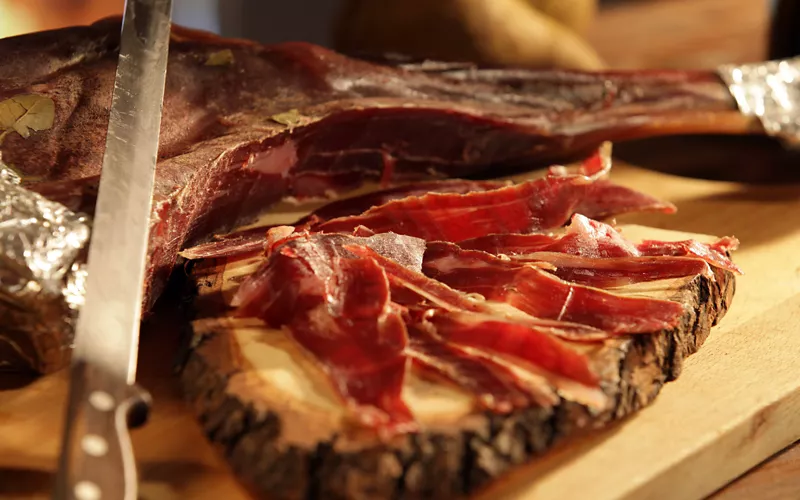
La gastronomia valligiana è fatta di ricette semplici, di prodotti genuini tipici delle montagne e di sapori ricchi come quello dei casoncelli, tortelli a forma di caramella e ripieni di salsiccia, mortadella, erbette, grana, pangrattato, noce moscata, patate e prezzemolo.
Il violino di capra è un salume confezionato con la coscia dell'animale lasciata per circa 10 giorni sotto sale ed erbe aromatiche, poi appeso e fatto stagionare.
Gli amanti dei formaggi non possono rinunciare al Silter, il formaggio più rappresentativo della Valcamonica.
Notevoli le migole, una sorta di polenta a base di farina di castagne e di grano saraceno a cui si aggiunge il burro di malga.
Infine, un delizioso piatto della tradizione a base di carne è il cuz, spezzatino di carne ovina che si fa bollire per diverse ore in poca acqua con sale e salvia e poi viene conservato in recipienti di terracotta pieni di grasso e sale.

